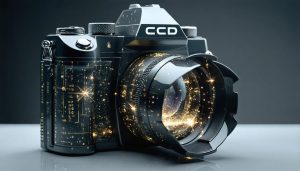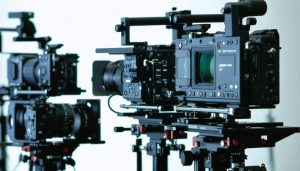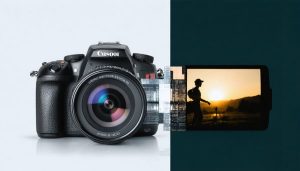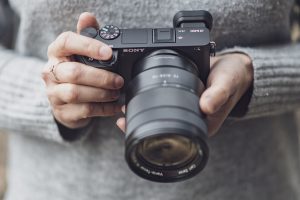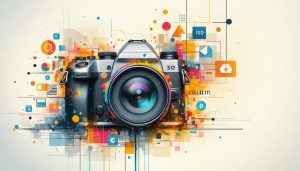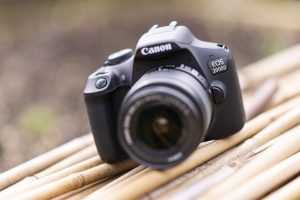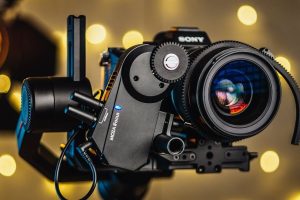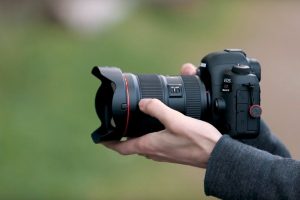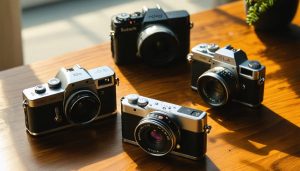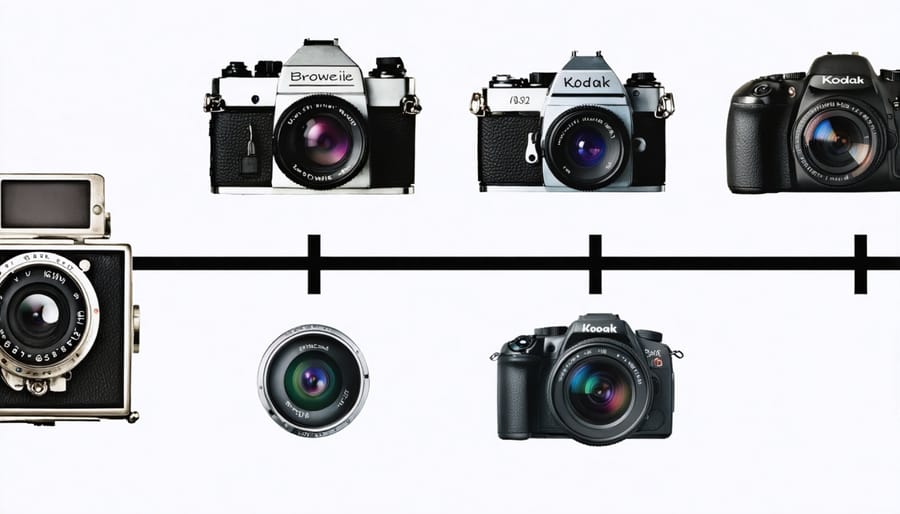
From the humble camera obscura to today’s sophisticated mirrorless systems, the evolution of cameras represents one of humanity’s most fascinating technological journeys. For nearly two centuries, innovators and visionaries have transformed the simple concept of capturing light into increasingly sophisticated devices that shape how we perceive and document our world.
This remarkable progression began in 1816 with Nicéphore Niépce’s first permanent photograph and has accelerated dramatically through the digital revolution. Each breakthrough—from Eastman’s revolutionary Kodak camera in 1888 to Nikon’s game-changing D1 digital SLR in 1999—has not only advanced technical capabilities but fundamentally changed how we create, share, and preserve memories.
Today’s smartphones pack more photographic power than entire studios of the past, yet understanding this evolutionary timeline helps us appreciate both the artistry and engineering that brought us here. As we explore the pivotal moments in camera development, we’ll uncover how each innovation built upon its predecessors to create the sophisticated imaging tools we now take for granted.
Let’s embark on a chronological journey through the most significant milestones in camera technology, revealing how each development has contributed to the way we capture our world today.
The Birth of Photography (1800s)
Camera Obscura to Daguerreotype
The journey from camera obscura to the daguerreotype marks one of humanity’s most fascinating technological leaps. Ancient scholars, including Aristotle, observed how light passing through a small hole into a dark room would project an inverted image of the outside world. This natural phenomenon, known as camera obscura (Latin for “dark chamber”), became the foundation for modern photography.
By the Renaissance, artists were using portable camera obscura devices – essentially wooden boxes with a small hole and a mirror – to aid in drawing and painting. These tools helped them achieve better perspective and proportion in their artwork, though the projected images were temporary and couldn’t be preserved.
The breakthrough came in 1839 when Louis Daguerre introduced the daguerreotype process. After years of experimentation alongside Nicéphore Niépce, Daguerre discovered that treating a silver-plated copper sheet with iodine vapor made it light-sensitive. When exposed to light in a camera and developed with mercury vapor, it created a permanent photograph.
This revolutionary process captured incredibly detailed images that appeared almost three-dimensional. Each daguerreotype was unique – a one-of-a-kind image that couldn’t be reproduced. Despite its limitations, including long exposure times and the use of toxic mercury, the daguerreotype process sparked worldwide excitement and marked the birth of practical photography, setting the stage for future innovations in image capture.
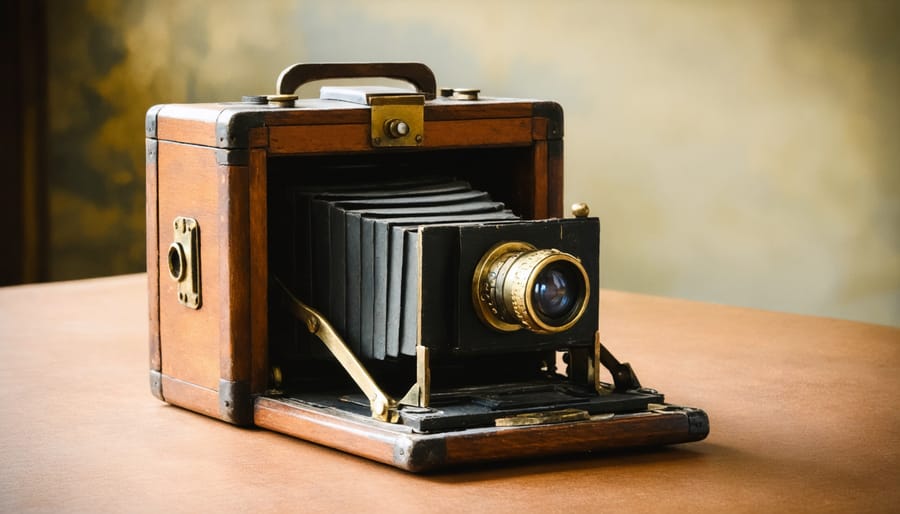
The Rise of Portable Cameras
The quest for portability marked a significant turning point in camera evolution during the late 19th and early 20th centuries. Prior to this period, photographers were burdened with heavy wooden cameras and glass plates, making photography a stationary affair. The introduction of George Eastman’s Kodak camera in 1888 revolutionized the industry by offering a lightweight, portable solution that anyone could use.
This breakthrough camera came pre-loaded with film for 100 exposures. Once finished, photographers would send the entire camera back to Kodak for processing and reloading – perfectly capturing the company’s famous slogan, “You press the button, we do the rest.” The success of this model sparked a wave of innovation in portable camera design.
The early 1900s saw the emergence of folding cameras, which could collapse into compact forms for easy carrying. The iconic Brownie camera, introduced in 1900, brought photography to the masses with its affordable price point and simple operation. German manufacturers like Leica and Contax pushed boundaries further with their 35mm cameras in the 1920s, introducing features like interchangeable lenses and rangefinder focusing systems.
By the 1930s, twin-lens reflex cameras like the Rolleiflex offered photographers a perfect balance of portability and image quality, while maintaining professional features. These innovations laid the groundwork for modern camera design, emphasizing the crucial balance between functionality and portability that we still value today.
The Film Era Revolution (1900-1975)
Kodak’s Game-Changing Innovations
In 1888, George Eastman revolutionized photography with a simple yet powerful slogan: “You press the button, we do the rest.” His company, Kodak, introduced the first truly accessible camera to the masses – the Kodak No. 1. This simple box camera came pre-loaded with enough film for 100 exposures, and when finished, customers would send the entire camera back to Kodak for film processing and reloading.
This innovative approach eliminated the need for photographers to understand complex chemical processes or invest in expensive equipment. For $25 (equivalent to about $750 today), anyone could become a photographer. The camera’s success led to the introduction of the even more affordable Brownie camera in 1900, priced at just $1, making photography accessible to children and working-class families.
Kodak’s innovations weren’t limited to cameras alone. The company standardized film rolls, introduced color photography for the masses with Kodachrome in 1935, and developed the first instant cameras to compete with Polaroid. Their Instamatic series, launched in 1963, became a household name with its easy-to-load cartridge film system.
Through these developments, Kodak transformed photography from an elite pursuit into a popular hobby and vital means of preserving memories. The company’s contributions democratized image-making and laid the groundwork for today’s ubiquitous photo-sharing culture.
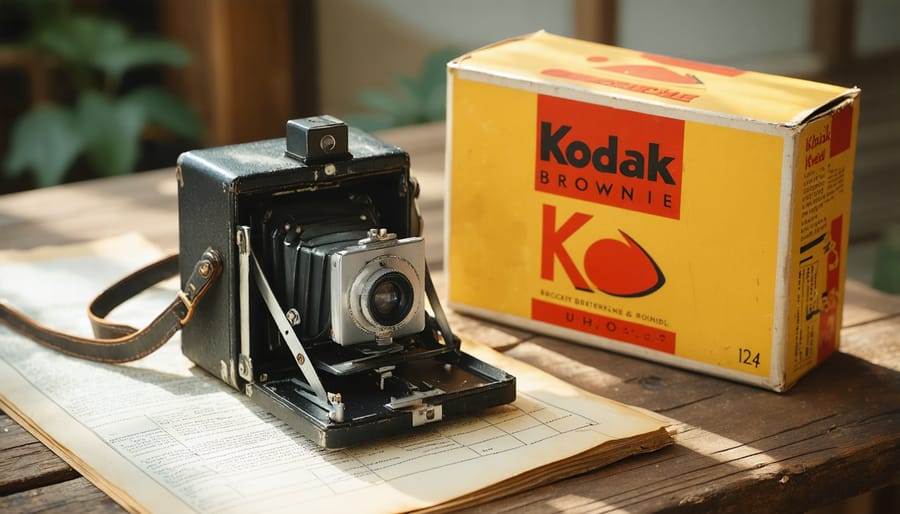
The SLR Breakthrough
The introduction of Single-Lens Reflex (SLR) technology in the 1930s marked a revolutionary breakthrough in photography, fundamentally changing how photographers captured their subjects. Unlike earlier cameras, SLRs allowed photographers to see exactly what the lens was seeing through a clever system of mirrors and prisms.
The genius of the SLR design lay in its pentaprism viewfinder system. When photographers looked through the viewfinder, they saw a direct reflection of what the lens was capturing, eliminating the parallax error that plagued earlier cameras. This “what you see is what you get” approach transformed photography, especially for close-up and precision work.
The Ihagee Exakta, launched in 1936, pioneered this technology for the 35mm format, but it was the Asahi Pentax series in the 1950s that truly popularized SLR cameras. These innovations paved the way for modern film and digital hybrid technology we see today.
SLRs also introduced interchangeable lenses, giving photographers unprecedented creative control. Whether shooting landscapes, portraits, or macro photography, photographers could now switch lenses while maintaining accurate framing through the viewfinder. This versatility made SLRs the go-to choice for professional photographers and serious enthusiasts, establishing a design paradigm that would dominate photography for decades to come.
Instant Photography
The year 1947 marked a revolutionary moment in photography when Edwin Land introduced the first Polaroid instant camera, the Model 95. This groundbreaking invention allowed photographers to see their images develop before their eyes in just 60 seconds – a feat that seemed almost magical at the time.
The technology behind instant photography relied on a complex chemical process contained within each film sheet. When the photo was taken, rollers inside the camera would spread developing chemicals across the exposure, initiating the development process as the print emerged from the camera. This self-contained development system eliminated the need for darkrooms or separate processing facilities.
Throughout the 1960s and 1970s, Polaroid dominated the instant photography market with increasingly sophisticated models. The introduction of the SX-70 in 1972 was particularly significant, featuring a fully automatic, folding single-lens reflex camera that produced color photos that developed in daylight. This model became an instant hit among both amateur photographers and artists like Andy Warhol, who frequently used it in his work.
Despite digital technology’s eventual dominance, instant photography has experienced a remarkable renaissance in recent years. Modern instant cameras from Fujifilm’s Instax line and Polaroid’s new iterations continue to captivate photographers who appreciate the unique charm and tangibility of instant prints, proving that some innovations never truly go out of style.
The Digital Revolution (1975-2000)
First Digital Breakthroughs
The journey of digital camera evolution began in 1975 when Kodak engineer Steven Sasson created the first digital camera prototype. This groundbreaking device weighed 8 pounds and captured black-and-white images at a modest 0.01 megapixels, taking 23 seconds to record a single photo onto a cassette tape.
The 1980s marked significant progress with the emergence of crucial CCD sensor breakthroughs, paving the way for more practical digital imaging. In 1981, Sony unveiled the Mavica (Magnetic Video Camera), which, while technically an analog camera recording to floppy disks, laid the groundwork for future digital cameras.
The early 1990s saw the first commercially available digital cameras. The Dycam Model 1 (1990) and the Logitech Fotoman (1992) offered basic digital photography capabilities to consumers, though at steep prices around $1,000. The watershed moment came in 1991 when Kodak introduced the DCS-100, the first professional digital SLR, built on a Nikon F3 body with a 1.3-megapixel sensor.
By 1994, Apple’s QuickTake 100 and the Kodak DC40 brought digital photography closer to mainstream consumers. These cameras featured improved usability and direct computer connectivity, though image quality remained limited by today’s standards. The Casio QV-10, released in 1995, introduced the first LCD screen for image preview, a feature we now take for granted.
The true digital revolution gained momentum in the late 1990s as manufacturers like Nikon, Canon, and Fujifilm entered the market with increasingly sophisticated models. Memory card formats standardized, image resolution improved dramatically, and prices began to fall, setting the stage for digital photography’s eventual dominance over film.
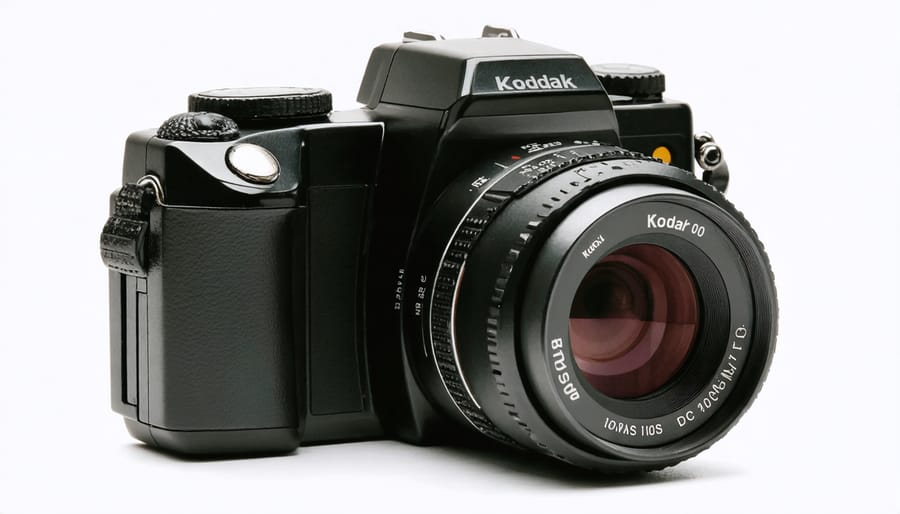
Consumer Digital Cameras
The late 1990s and early 2000s marked a revolutionary shift in photography as consumer digital cameras became increasingly accessible to the general public. While early digital cameras were expensive and offered relatively low resolution, rapid advancements in camera sensor technology quickly transformed the market.
The Kodak DC40, released in 1995, was among the first consumer digital cameras, offering a modest 0.38 megapixels. Just a few years later, the groundbreaking Sony Cyber-shot DSC-F55 (2000) brought sleek design and improved image quality to households worldwide. These early models, while primitive by today’s standards, sparked a digital revolution that would forever change how we capture and share memories.
By 2004, digital cameras had largely surpassed film camera sales, with models like the Canon PowerShot A95 and Nikon Coolpix 4800 offering impressive 5-megapixel resolution at increasingly affordable prices. The introduction of LCD screens for immediate image review transformed the learning process for amateur photographers, allowing instant feedback and experimentation.
The period between 2005 and 2010 saw exponential growth in both capability and accessibility. Features once reserved for professional cameras – like face detection, image stabilization, and HD video recording – became standard in consumer models. The Panasonic Lumix series and Canon PowerShot line exemplified this democratization of advanced photography features.
Perhaps most significantly, these consumer digital cameras helped establish a new photography culture. The ability to take unlimited photos without film costs, instantly share images, and easily delete unsuccessful shots fundamentally changed how people approached photography. This shift laid the groundwork for the upcoming smartphone photography era, though dedicated digital cameras maintained their importance for enthusiasts and those seeking superior image quality.
Modern Era and Future Trends (2000-Present)
Smartphone Photography Revolution
The advent of smartphone photography marks one of the most transformative periods in camera technology history. When the first iPhone launched in 2007, its 2-megapixel camera was considered basic even by contemporary standards. However, this moment sparked a revolution that would fundamentally change how we capture and share images.
Smartphone cameras rapidly evolved from simple convenience features to sophisticated imaging systems. The introduction of computational photography allowed phones to overcome their physical limitations through software innovation. Multiple lens arrays, advanced image processing, and artificial intelligence have enabled smartphones to achieve results that rival traditional cameras in many situations.
The impact has been profound. In 2022, over 1.4 trillion photos were taken worldwide, with the vast majority captured on smartphones. This democratization of photography has created new visual languages, from selfies to social media-optimized images, while giving rise to entire platforms like Instagram and TikTok.
Manufacturers have responded by incorporating smartphone-inspired features into traditional cameras, including touch interfaces, wireless connectivity, and computational photography capabilities. The lines between phone cameras and dedicated cameras continue to blur, with innovations like sensor-shift stabilization and night mode photography becoming standard across both platforms.
Perhaps most significantly, smartphone photography has changed our relationship with image-making. The ability to instantly capture, edit, and share high-quality photos has transformed photography from a deliberate act into a natural extension of how we communicate and document our lives. This shift represents not just a technological evolution, but a cultural one that continues to shape how we view and interact with the world around us.
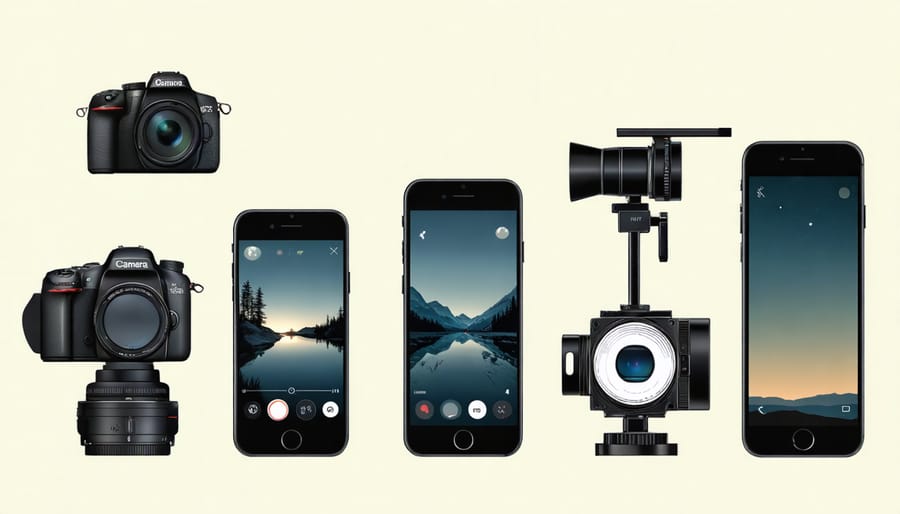
AI and Computational Photography
The convergence of artificial intelligence and computational photography has revolutionized how modern cameras capture and process images. Since the late 2010s, AI-powered features have become increasingly sophisticated, enabling capabilities that were once thought impossible. Smartphones led this transformation, with computational photography algorithms that can simulate depth of field, enhance low-light performance, and even create HDR images from multiple exposures in real-time.
Machine learning algorithms now power everything from subject detection and tracking to intelligent scene recognition, working seamlessly with modern lens innovations to deliver unprecedented image quality. Advanced neural networks can recognize faces, optimize skin tones, and even predict the best moment to capture action shots.
Perhaps most impressively, AI-driven computational photography has democratized professional-quality imaging. Features like portrait lighting simulation, sky replacement, and automatic perspective correction now allow amateur photographers to achieve results that previously required extensive technical expertise and post-processing skills.
Looking ahead, emerging technologies suggest even more exciting possibilities. Neural rendering promises to generate missing pixels for super-resolution images, while quantum imaging sensors could revolutionize low-light photography. We’re also seeing the development of AI systems that can understand context and emotion in scenes, potentially allowing cameras to capture not just what we see, but what we feel.
As these technologies continue to evolve, the line between traditional optical photography and computational imaging becomes increasingly blurred, suggesting a future where the camera becomes less of a tool for capturing reality and more of a creative partner in image-making.
The journey of camera evolution stands as a testament to human ingenuity and our endless pursuit of capturing moments with ever-increasing precision and creativity. From the humble beginnings of the camera obscura to today’s sophisticated mirrorless systems and computational photography, each breakthrough has fundamentally changed how we perceive and document our world.
This evolution hasn’t just been about technical improvements – it’s transformed society itself. The democratization of photography, from expensive daguerreotypes to instant smartphone snapshots, has made visual storytelling accessible to billions. Social movements have been catalyzed by powerful images, families have preserved their histories, and artists have pushed creative boundaries in ways the pioneers of photography could never have imagined.
As we look to the future, the pace of innovation shows no signs of slowing. Artificial intelligence is revolutionizing image processing, computational photography is redefining what’s possible with small sensors, and new technologies like light field photography are emerging. Virtual and augmented reality cameras are opening up entirely new ways of capturing and experiencing moments.
Yet despite all these advances, the fundamental purpose of photography remains unchanged: to freeze time, tell stories, and share perspectives. Whether using a vintage film camera or the latest smartphone, photographers continue to chase that perfect moment – a pursuit that has driven camera evolution for nearly two centuries and will undoubtedly continue to do so for many more to come.


